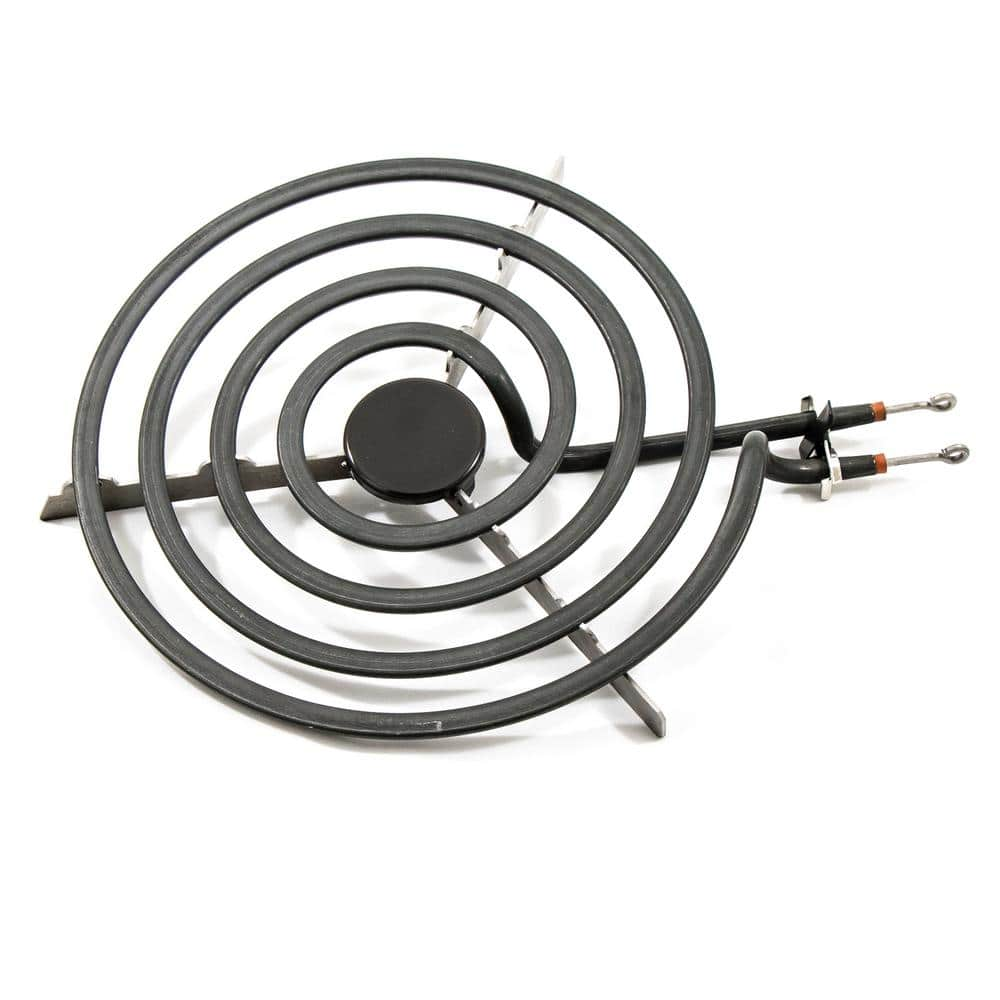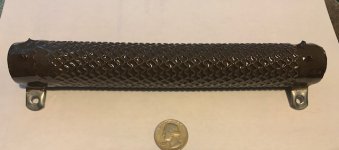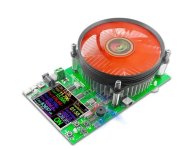Maybe one of these, partially submerged in a bucket of water, or a couple of those coffee cup water warmers to provide something to absorb the calories...(a 15W light bulb's glass surface temperature won't get that high because it's too large an area for the heat generated inside at the filament and the distance of vacuum between them, but a resistor has direct conduction from the heat source to the much smaller surface area, so even a 15w resistor could soften or even melt some plastics if enclosed by them).

8 in. Universal Plug-in Range Element 464104 - The Home Depot
Use this replacement heating element to bring your existing oven / range back to its full cooking potential. These elements are compatible with most if not all the major brands on the market today. The
www.homedepot.com



